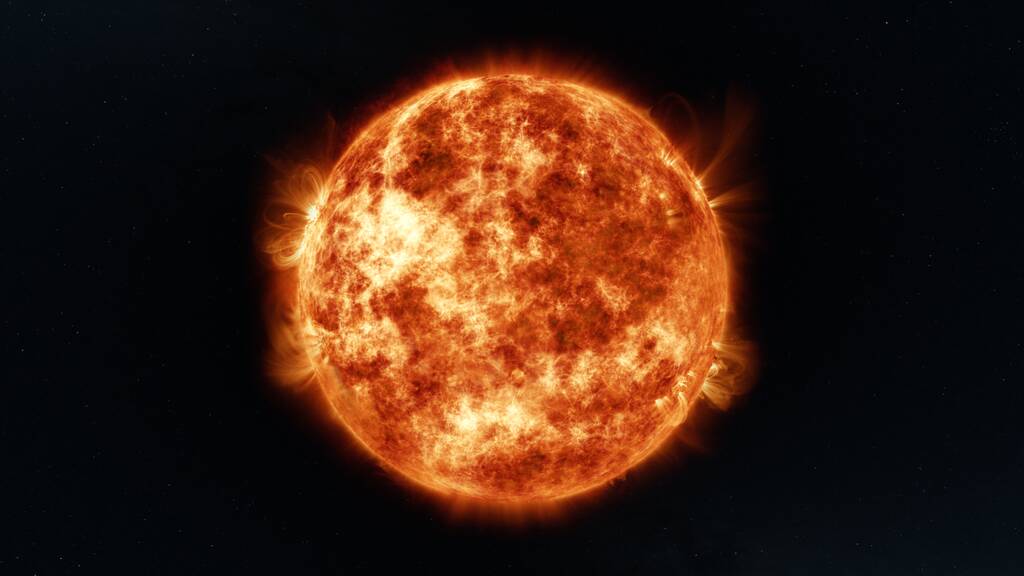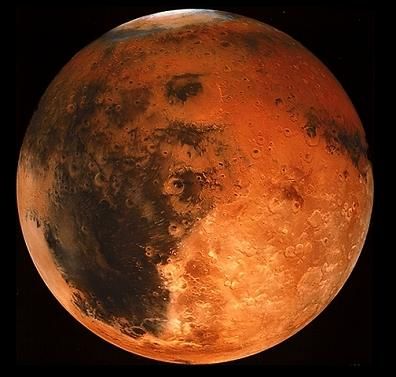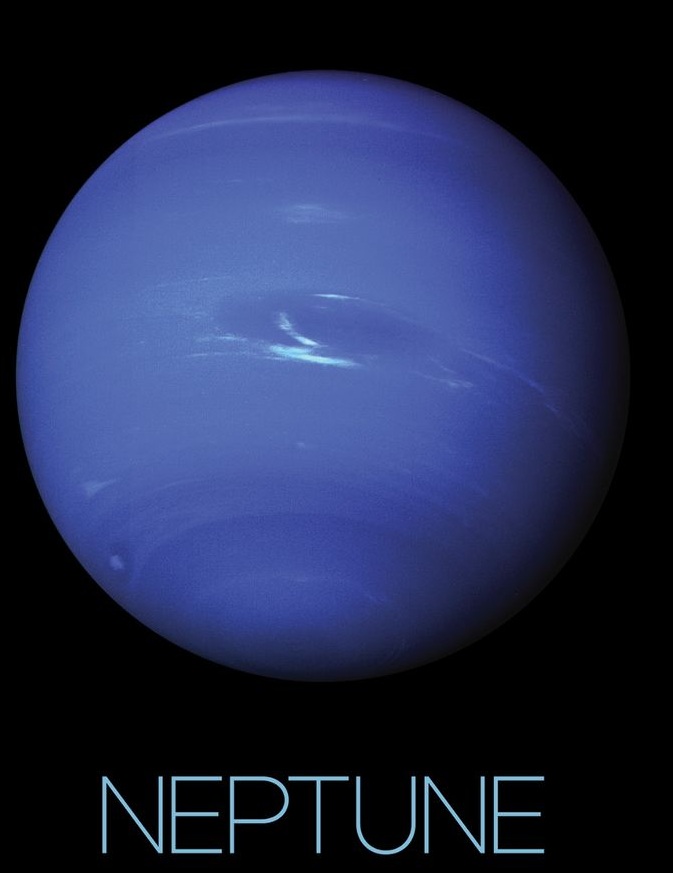Venus Atmosphere: Can Life Exist on Venus? Key Building Block Survives Sulphuric Acid
Venus is often shown as a very harsh and unwelcoming place. Its surface is extremely hot, and there is a lot of sulfuric acid. However, there might be a chance for life in its upper atmosphere. New studies look at how some key parts of life, like lipids, can stay intact and even form stable structures in conditions similar to those on Venus. Lipids are molecules that make up the outer layer of cells in living things. This research brings exciting possibilities for the search for life, not just on Venus, but also on planets outside our solar system with similar environments.
Summary
- Venus, though inhospitable, has an atmosphere that may harbor life-like conditions.
- The discovery of phosphine in Venus’ clouds, although disputed, sparked interest in life on Venus.
- Scientists conducted lab experiments testing lipids—cell membrane components—under Venus-like conditions.
- Results showed lipids could survive sulfuric acid and form stable, higher-order structures, critical for cellularity.
- The research challenges the idea that water is the only solvent for life.
- Sulfuric acid as a solvent could also be common on exoplanets.
- Several upcoming Venus missions aim to explore the planet’s atmosphere further.
- Sulfuric acid, rather than just being a barrier to life, could support life in unusual forms.
- This discovery opens the door to new questions about life’s adaptability in extreme environments.
- Venus’ clouds offer Earth-like temperature and pressure zones conducive to life.
- The research deepens our understanding of chemistry and biology in hostile environments.
- Simple organic molecules, including amino acids, can remain stable in sulfuric acid.
- The study emphasizes sulfuric acid’s potential role in planetary habitability.
- Evidence for life on Venus is still scarce but remains an intriguing possibility.
- Venus’ study could extend to exoplanets with similar harsh conditions.
- The results bring new insights into life’s potential beyond Earth and expand the search for life in our Solar System.

Introduction
Venus is often referred to as a hellish planet, with surface temperatures high enough to melt lead and an atmosphere laden with sulfuric acid. These conditions make Venus seem like an unlikely candidate for harboring life. However, recent research suggests that despite its inferno-like qualities, parts of Venus’ atmosphere may still possess the conditions for life to exist—albeit not as we know it.
This study digs into the question: Can life, or at least some of its building blocks, survive in the sulfuric acid-filled clouds of Venus? New research sheds light on the potential stability of certain cellular components under extreme conditions, offering an intriguing glimpse into Venus’ potential for supporting life.
Venus: A Harsh Environment
Venus’ surface is anything but friendly. With temperatures soaring beyond 900°F (475°C), the planet is hotter than Mercury, despite being further from the Sun. The dense atmosphere—composed mostly of carbon dioxide—traps heat in a powerful greenhouse effect. Add to that the clouds of sulfuric acid, and Venus becomes one of the most hostile environments in the Solar System.
Interestingly, while Venus’ surface is inhospitable, its atmosphere offers more favorable conditions for life. The upper cloud layers, situated about 31 miles (50 kilometers) above the surface, boast more Earth-like temperatures and pressures. Although this region is still filled with sulfuric acid, some scientists speculate that microbial life could potentially exist in these cloud layers.
In 2020, the detection of phosphine, a potential biomarker, in Venus’ atmosphere generated significant excitement. Though subsequent studies cast doubt on the phosphine discovery, the possibility of life on Venus has not been entirely dismissed. “Venus may seem hellish, but its atmosphere holds secrets that could surprise us,” says planetary scientist Sara Seager.
The Role of Lipids in Life’s Chemistry
Lipids play a crucial role in forming cell membranes, providing the barrier between the inside of the cell and the external environment. Without membranes, cells couldn’t regulate what goes in or out, making life impossible. On Earth, these membranes are typically composed of phospholipids, which rely on water as a solvent. But can they survive in sulfuric acid?
A team of scientists led by Daniel Duzdevich from the University of Chicago recently explored whether lipids could form stable structures in Venus’ atmosphere. The research, titled “Simple lipids form stable higher-order structures in concentrated sulfuric acid,” focuses on how these lipids behave in Venus-like conditions. Could lipids, the very building blocks of cellular life, withstand such extreme acidity?
Their experiments revealed that some lipids not only resist decomposition but also form complex, vesicle-like structures, which are critical for cellular functions. These structures, known as lipid bilayers, are fundamental to life as we know it, as they encapsulate the cell’s contents and provide a barrier from the environment.

Table 1: Venus’ Atmospheric Layers
| Layer | Altitude | Temperature | Pressure | Potential for Life |
|---|---|---|---|---|
| Troposphere | 0 to 10 km | 470°C | 90 atm | Extremely hostile |
| Cloud layer | 50 to 60 km | 30°C to 90°C | 1 atm | Potential for microbial life |
| Upper atmosphere | 60 to 100 km | -100°C to 30°C | 0.01 atm | Too cold and low pressure |
The Role of Sulfuric Acid
Life on Earth depends on water as a solvent, a key medium in which all biochemical reactions occur. But in the absence of water, could sulfuric acid serve the same role? The study demonstrates that some organic molecules—including lipids—can remain stable in sulfuric acid, challenging the idea that water is the only solvent capable of sustaining life.
The researchers observed that under Venus-like conditions, lipid structures remained intact for over seven days. This remarkable resilience suggests that sulfuric acid could, in theory, support certain forms of life by enabling the formation of essential cellular structures.
The possibility of sulfuric acid acting as a solvent for life has implications beyond Venus. Exoplanets—planets orbiting stars beyond our Solar System—may also have atmospheres rich in sulfuric acid. These findings open up the possibility that other rocky planets with harsh environments could harbor life, albeit in forms very different from those on Earth.
Challenges to Life in Venus’ Clouds
Despite these promising findings, the reality is that life on Venus faces significant challenges. Venus’ atmosphere is dense with ultraviolet radiation, and the clouds of sulfuric acid pose an immense threat to biological molecules. Even the potential detection of phosphine—a gas associated with biological processes—has not provided conclusive evidence for life.
When phosphine was first detected in Venus’ atmosphere in 2020, it stirred excitement in the scientific community. Phosphine is often associated with biological activity, but subsequent studies have cast doubt on its presence. The SOFIA telescope recently failed to detect phosphine in the atmosphere, and researchers now believe that the initial readings may have been a false positive .
Table 2: Key Building Blocks for Life on Venus
| Building Block | Survival Potential in Sulfuric Acid | Role in Life |
|---|---|---|
| Lipids | High | Form cellular membranes |
| Amino Acids | Medium | Building blocks of proteins |
| Nucleobases | Low | Components of DNA/RNA |
| Phosphine | Disputed | Potential biomarker |
Exploration of Venus
Venus’ proximity to Earth makes it an attractive target for further exploration. NASA’s DAVINCI mission, set to launch in the mid-2030s, will descend through Venus’ atmosphere, studying its composition and looking for signs of habitability. Similarly, ESA’s EnVision will map the planet’s surface and atmosphere, providing valuable insights into its geology and climate.
These missions, along with Japan’s Akatsuki orbiter, will provide the first comprehensive view of Venus in decades, potentially bringing us closer to answering the question of whether life could exist on our planetary neighbor.
What Does This Mean for Astrobiology?
The possibility of life on Venus has profound implications for the field of astrobiology. If life—or even its building blocks—can survive in Venus’ sulfuric acid clouds, it suggests that life is more adaptable than previously thought. The findings of the lipid study challenge our understanding of habitability, indicating that extreme environments may not be as limiting as once believed.
This research could expand the scope of our search for life beyond Earth. Exoplanets with sulfuric acid atmospheres—previously written off as inhospitable—may now be seen in a new light. The study emphasizes that the building blocks of life are surprisingly resilient, even in the most hostile environments.

Credit: Kevin M. Gill
While life on Venus remains speculative, the discovery that lipids—essential components of cellular membranes—can survive and form higher-order structures in sulfuric acid suggests that parts of Venus’ atmosphere may indeed be habitable. This research has profound implications for the field of astrobiology, challenging our assumptions about the environments in which life can thrive. As new missions to Venus gear up, the potential for life on our closest planetary neighbor remains an exciting possibility, one that could redefine our understanding of life in the universe.
Sources:
- Duzdevich, D., et al. (2024). Simple lipids form stable higher-order structures in concentrated sulfuric acid. arXiv. https://arxiv.org/abs/2409.12982
- Wikipedia contributors. (2023). Polarity of molecules. Wikipedia, The Free Encyclopedia. https://en.wikipedia.org/wiki/Chemical_polarity#Polarity_of_molecules





















